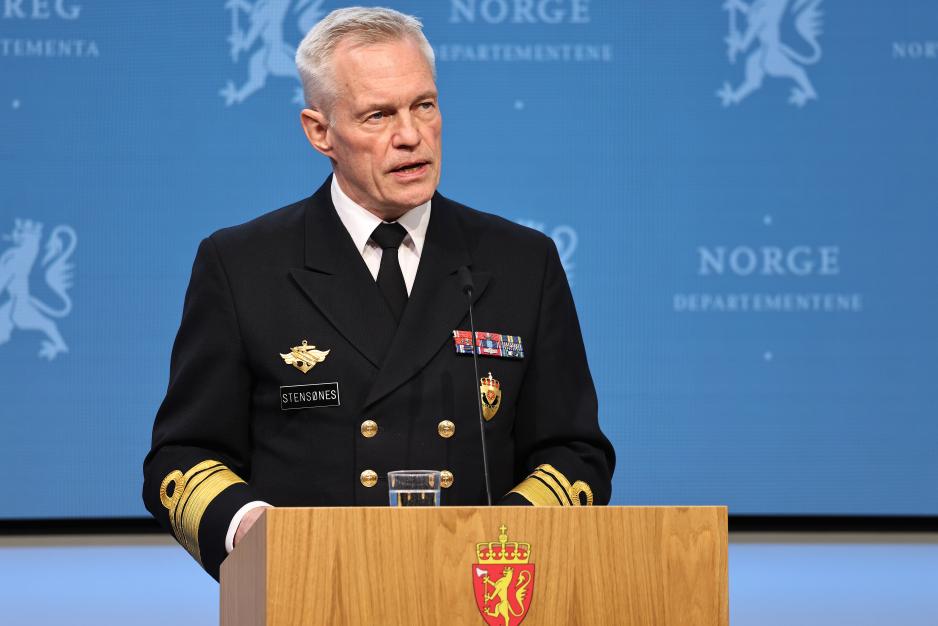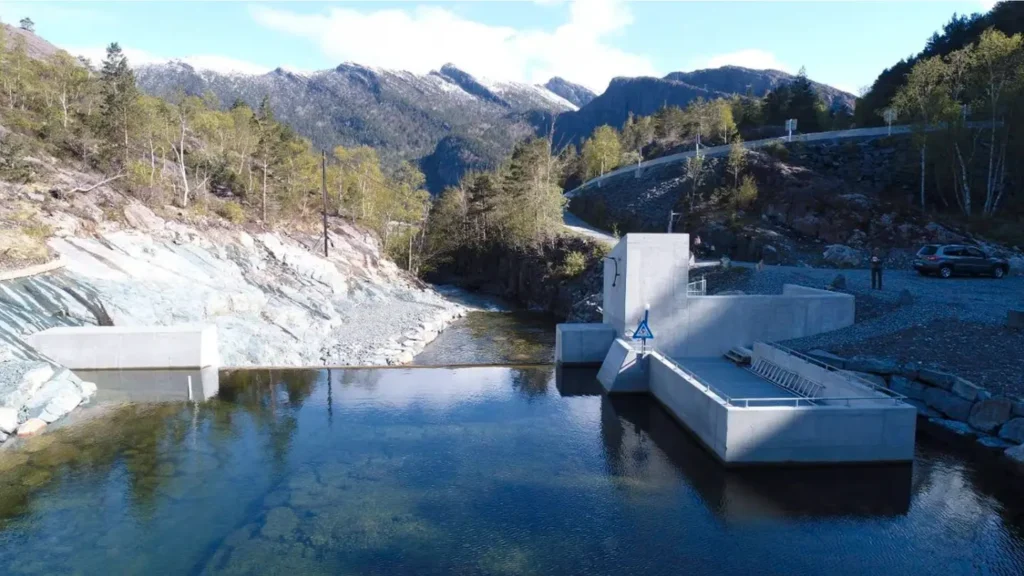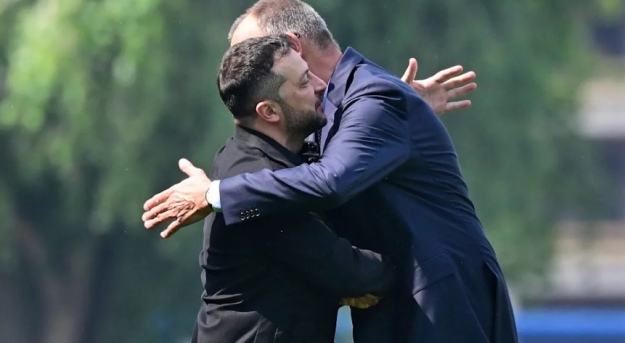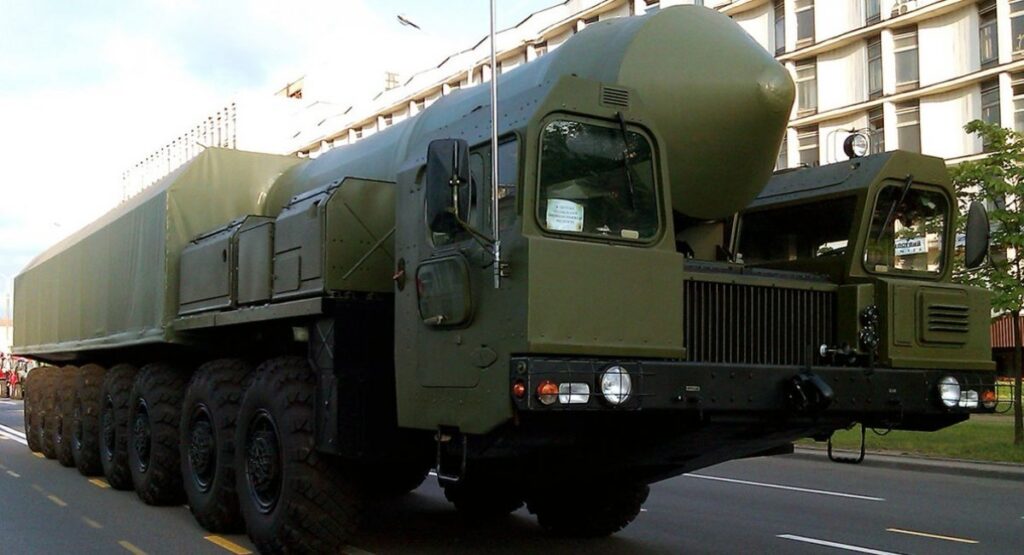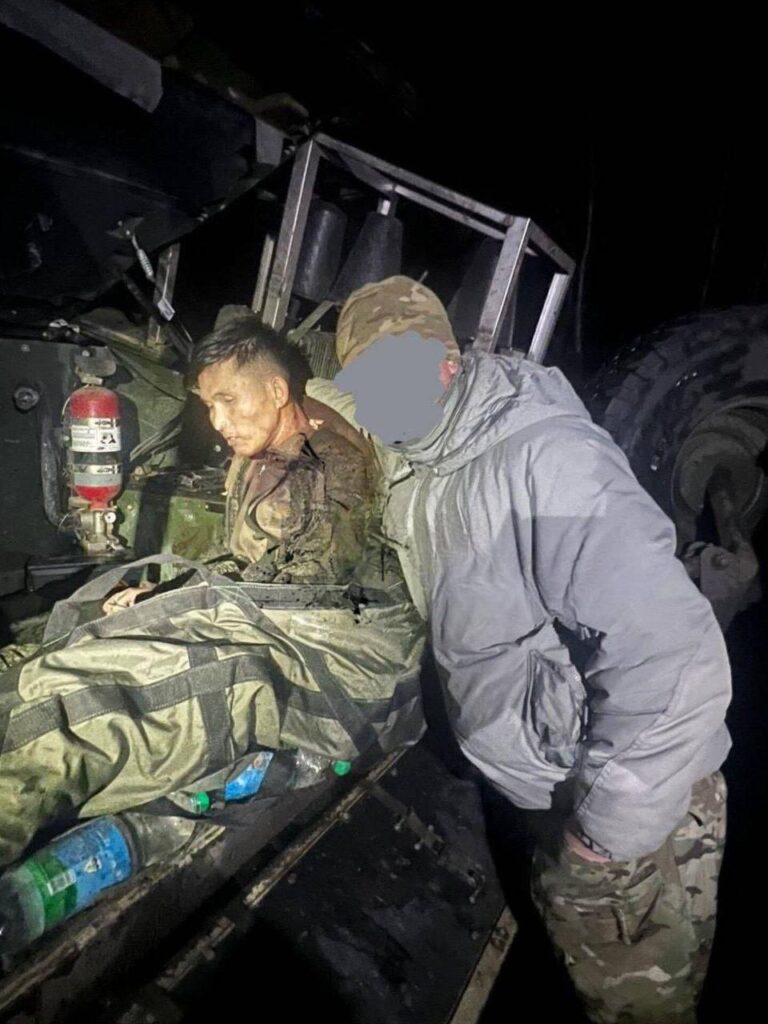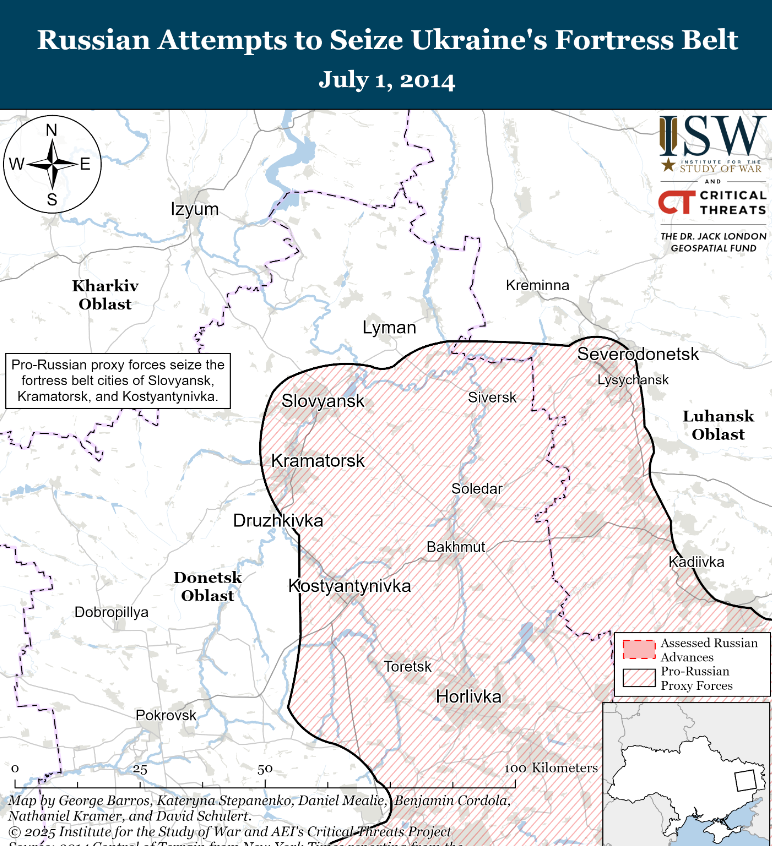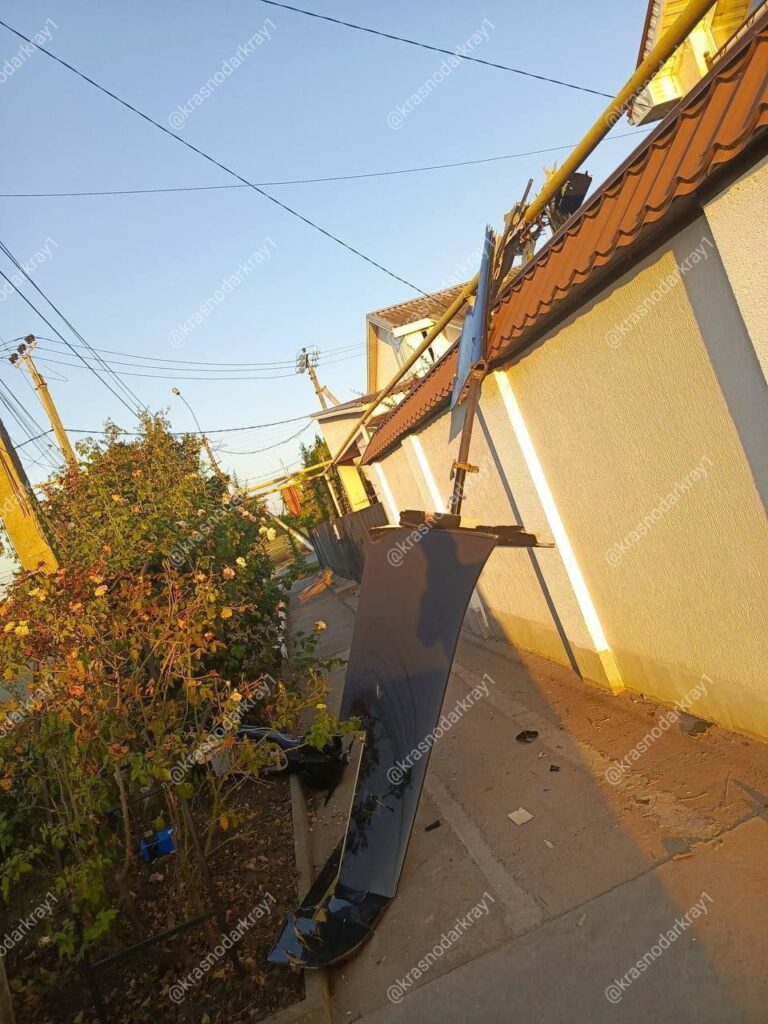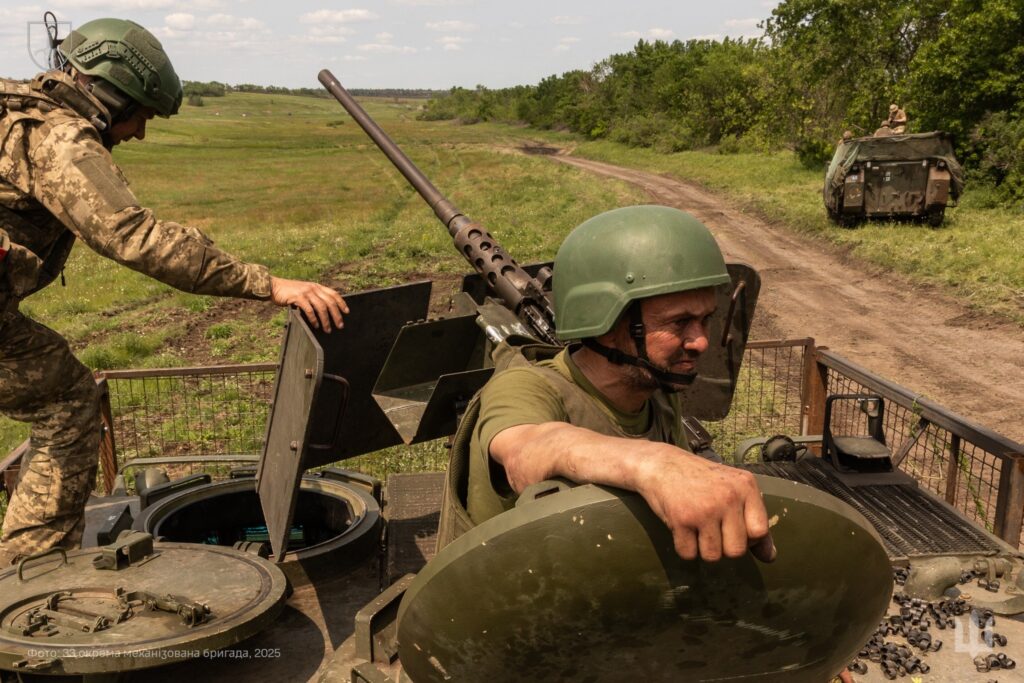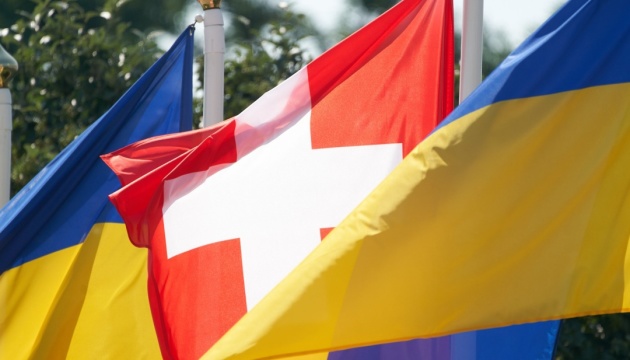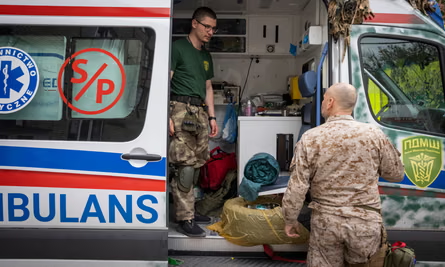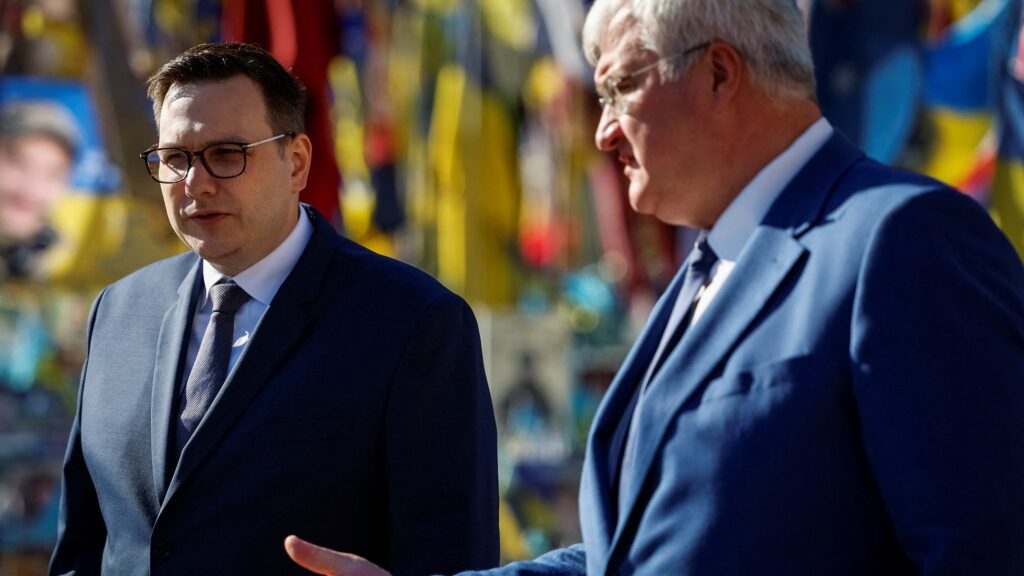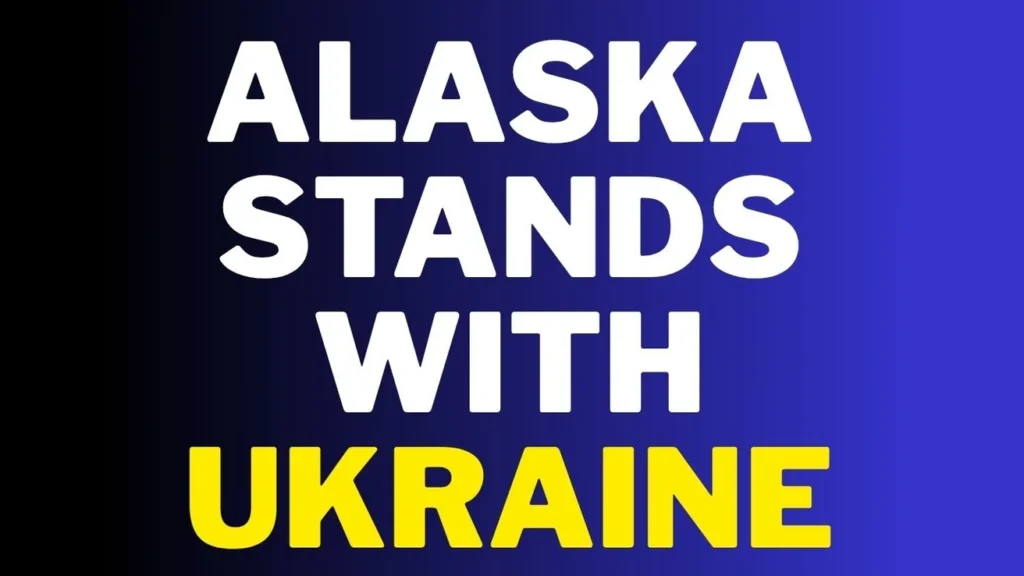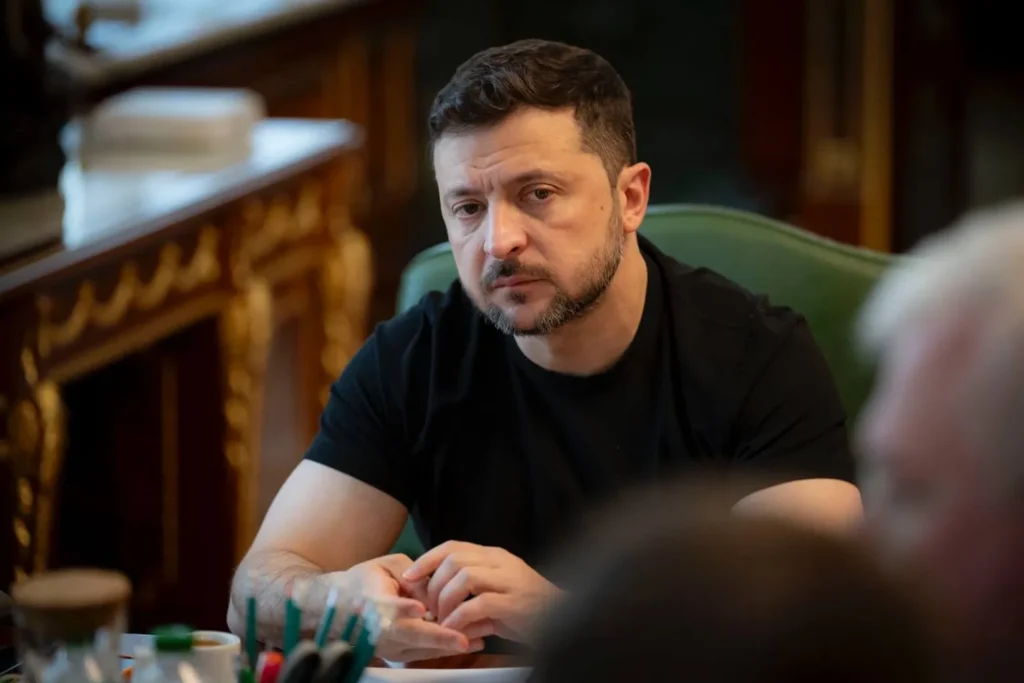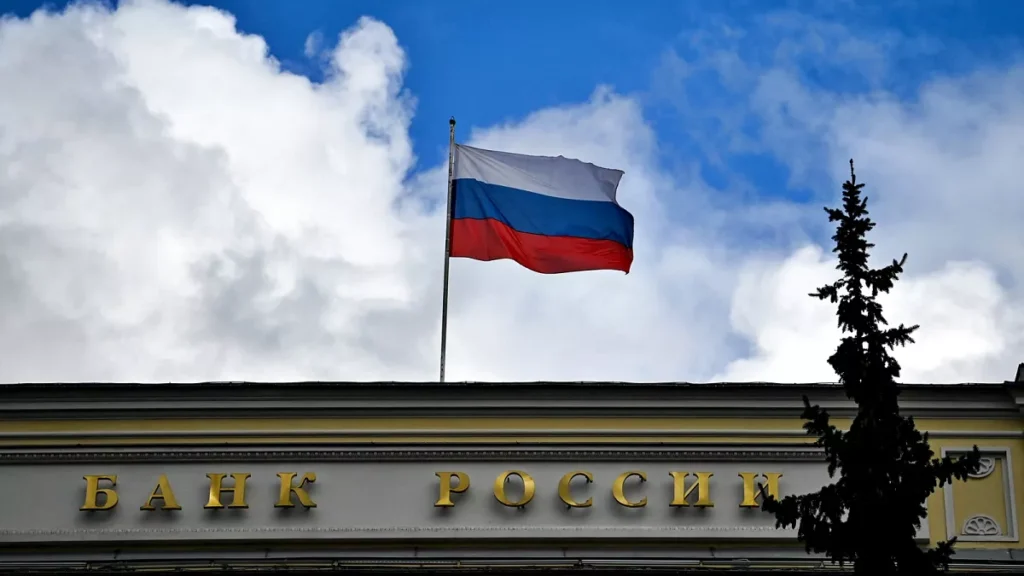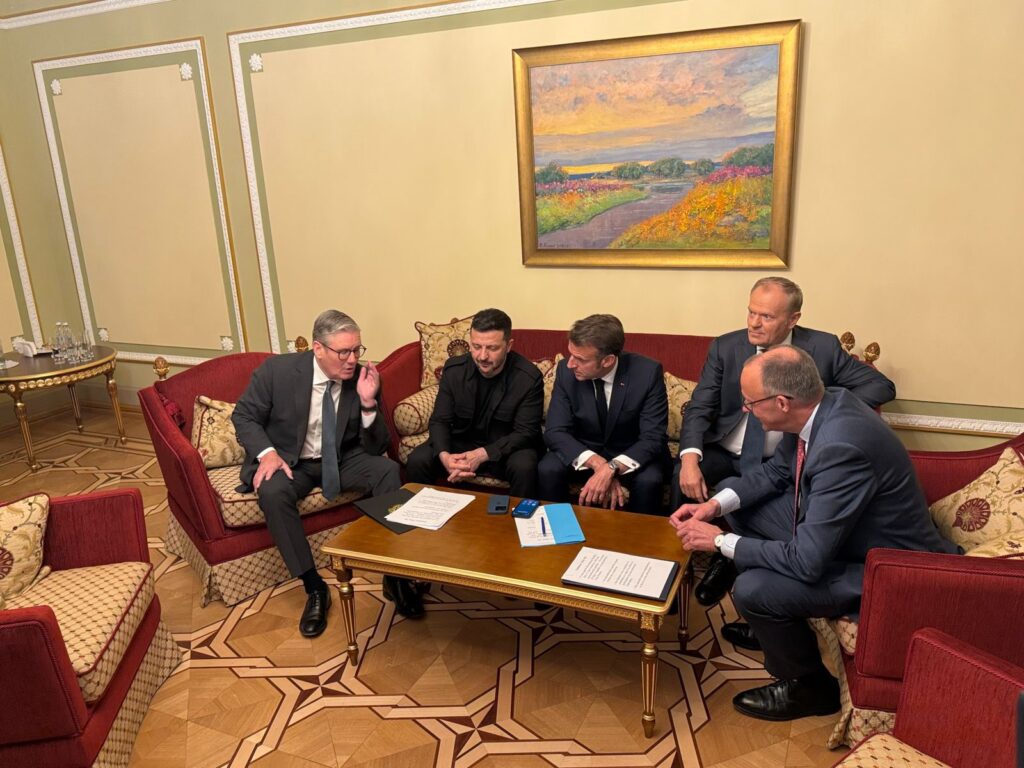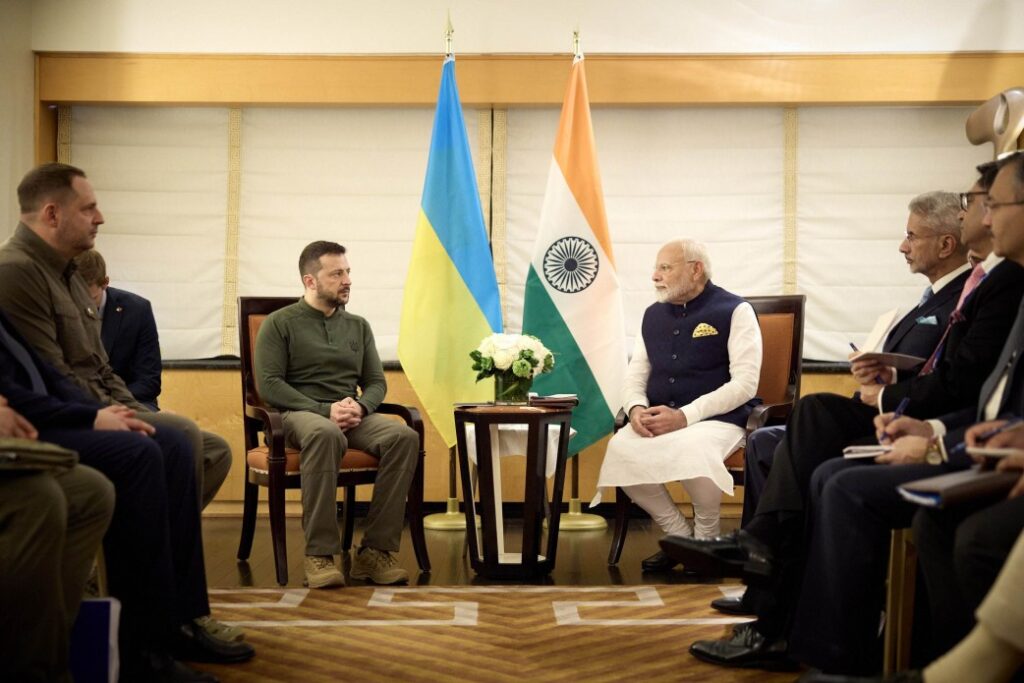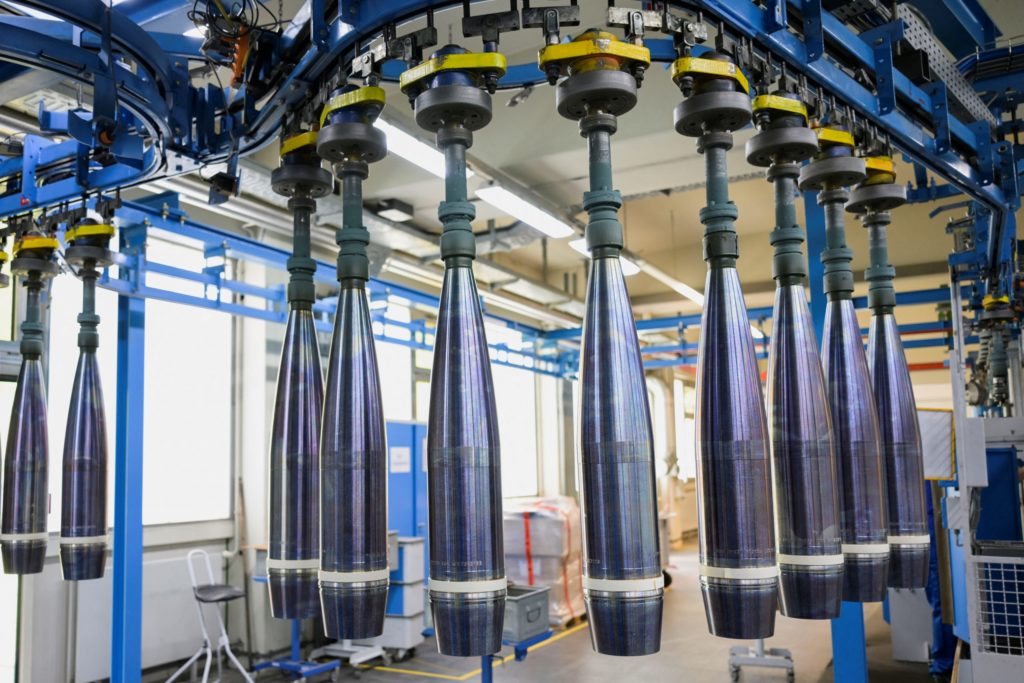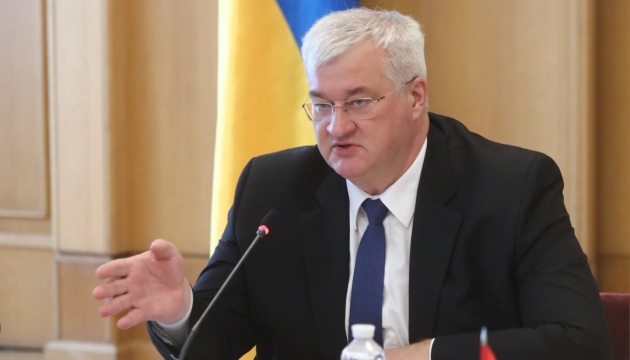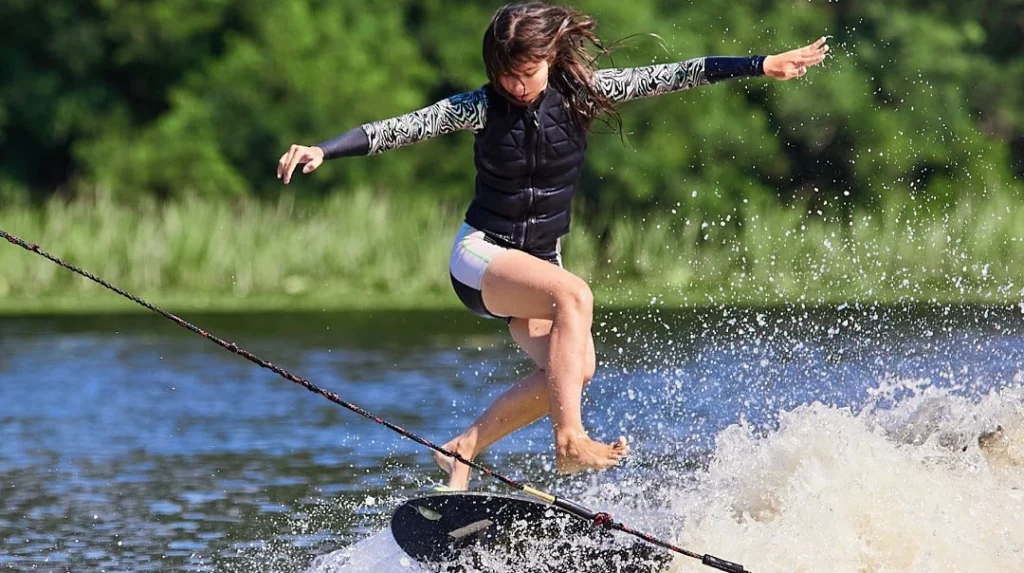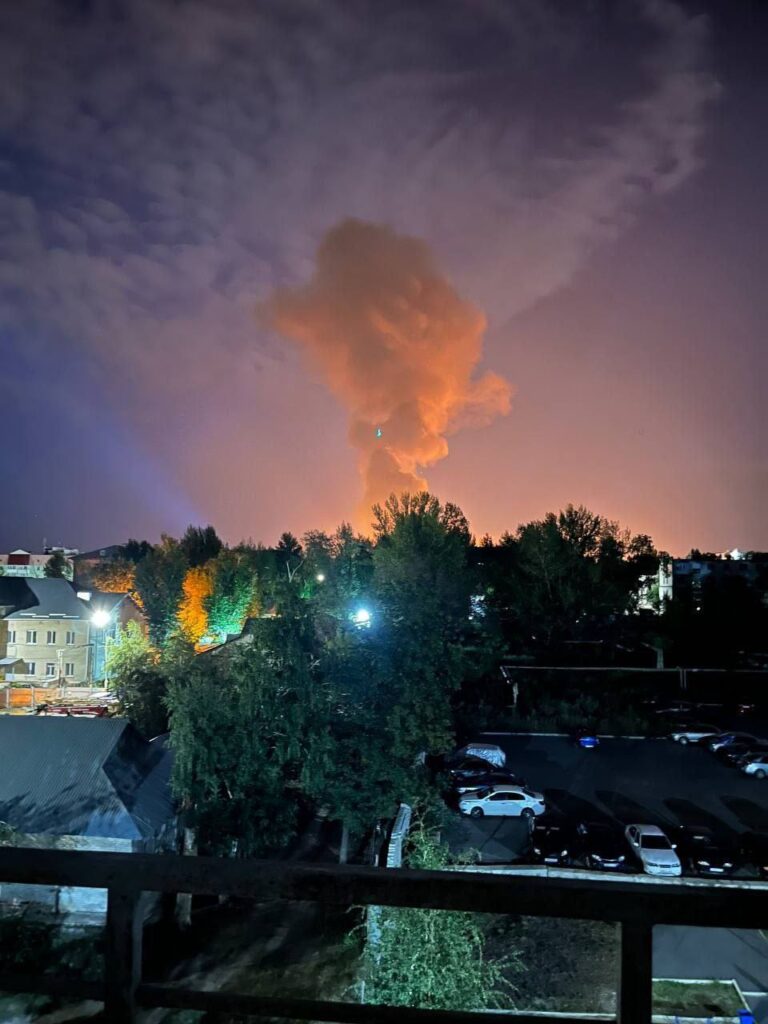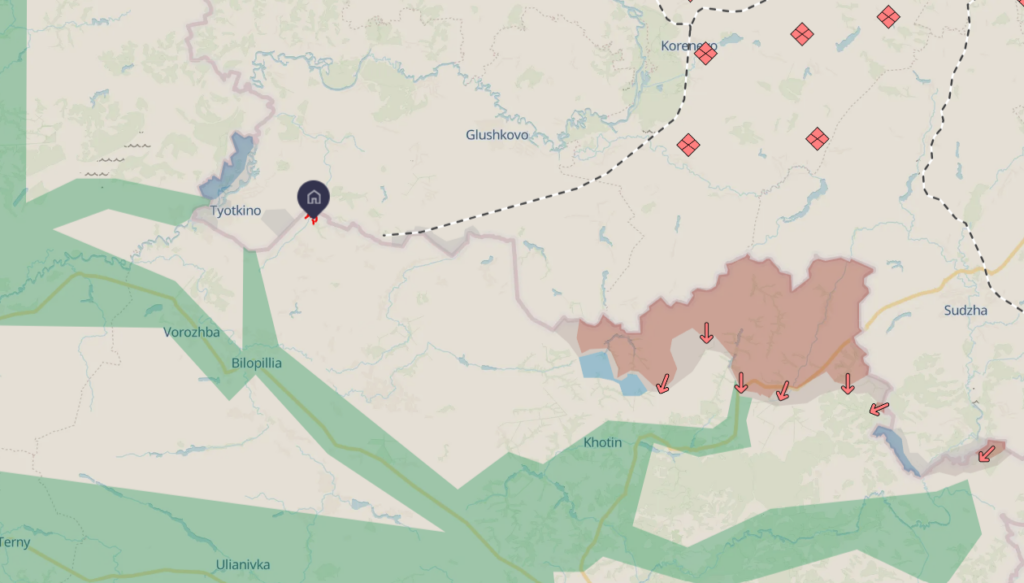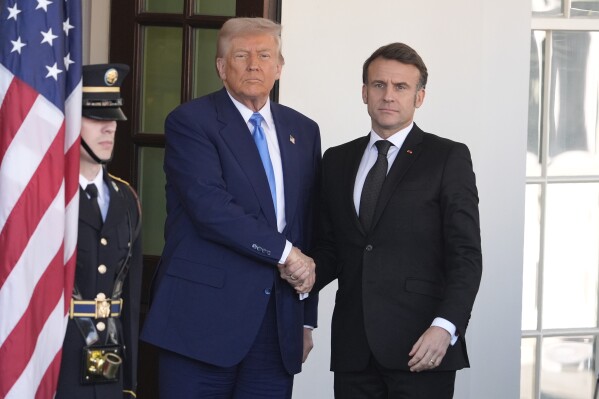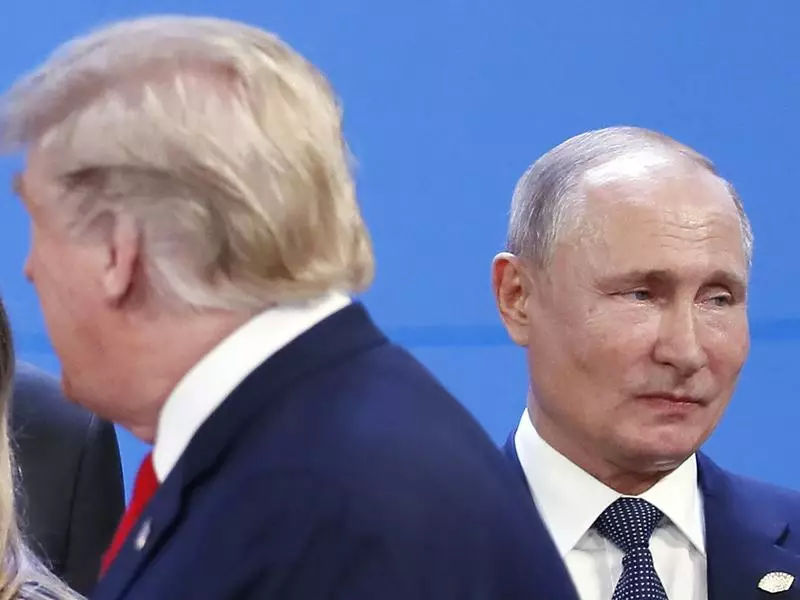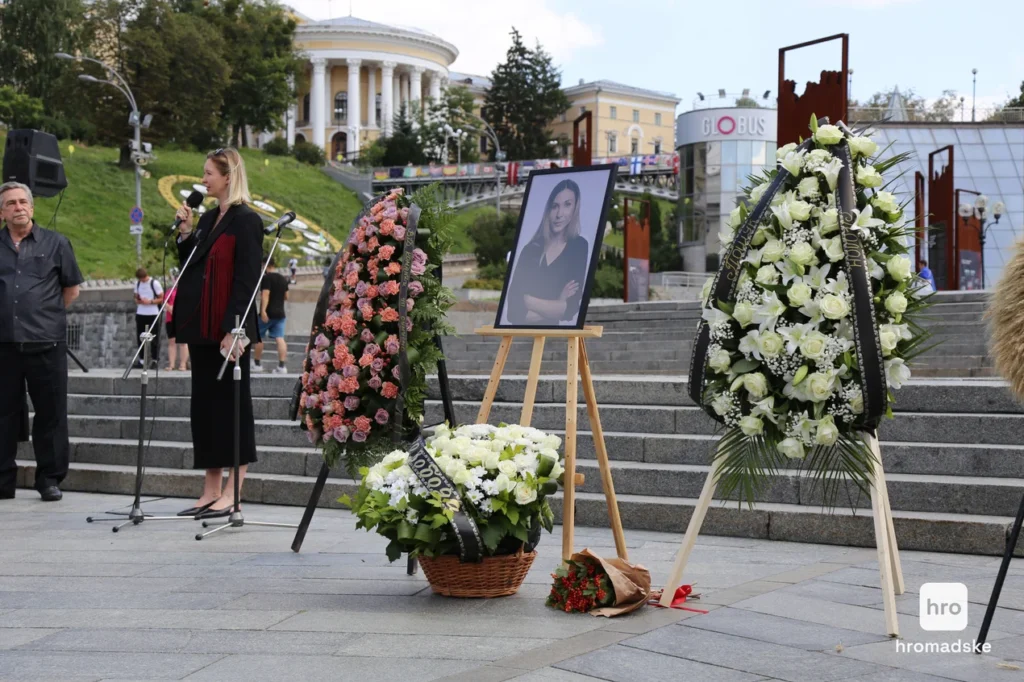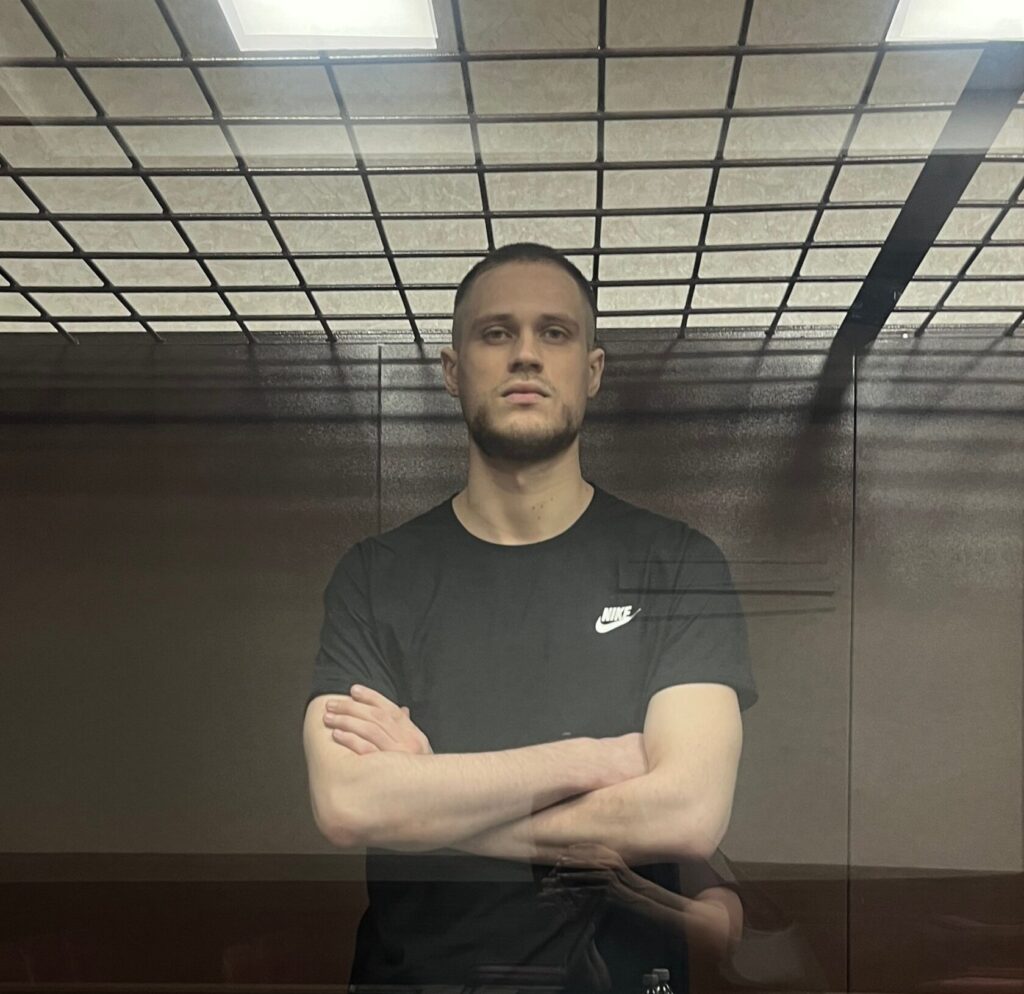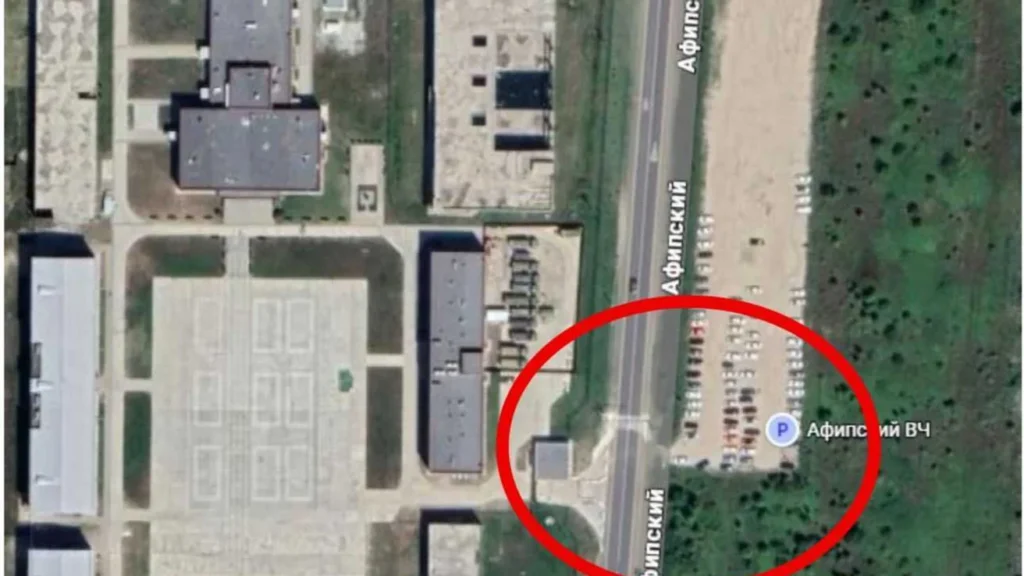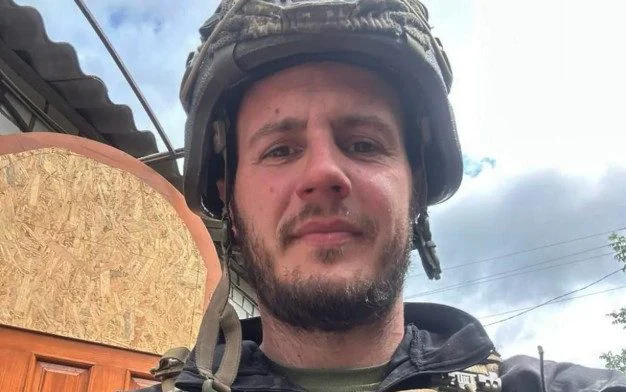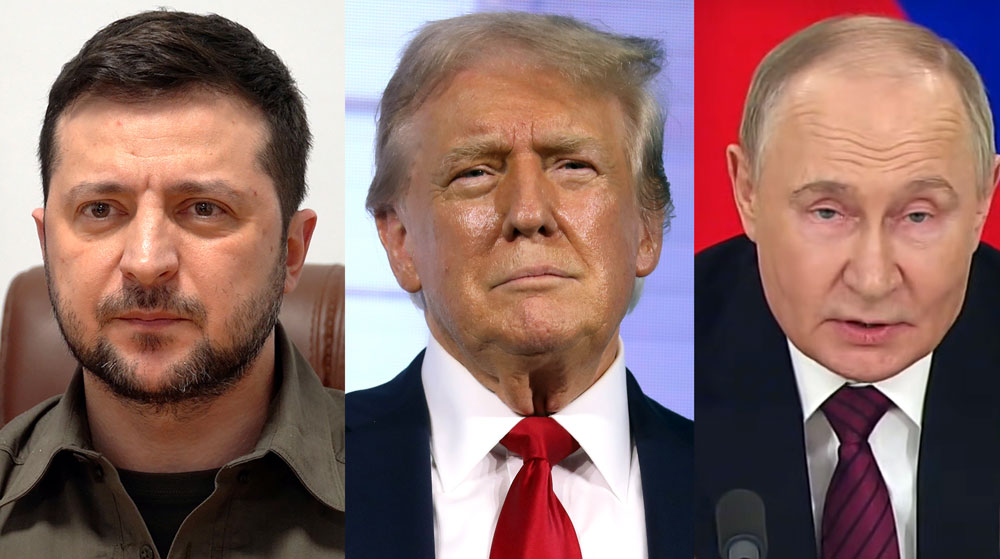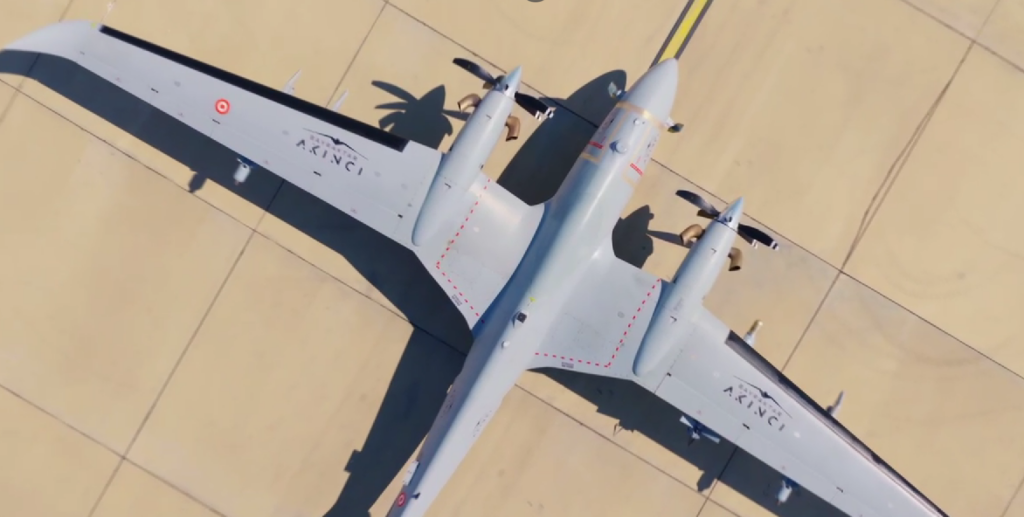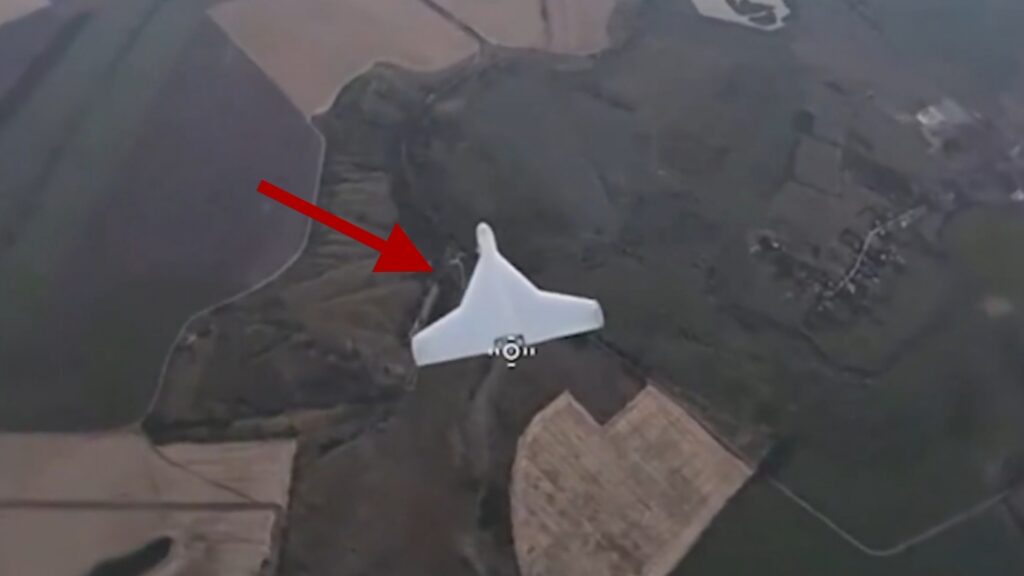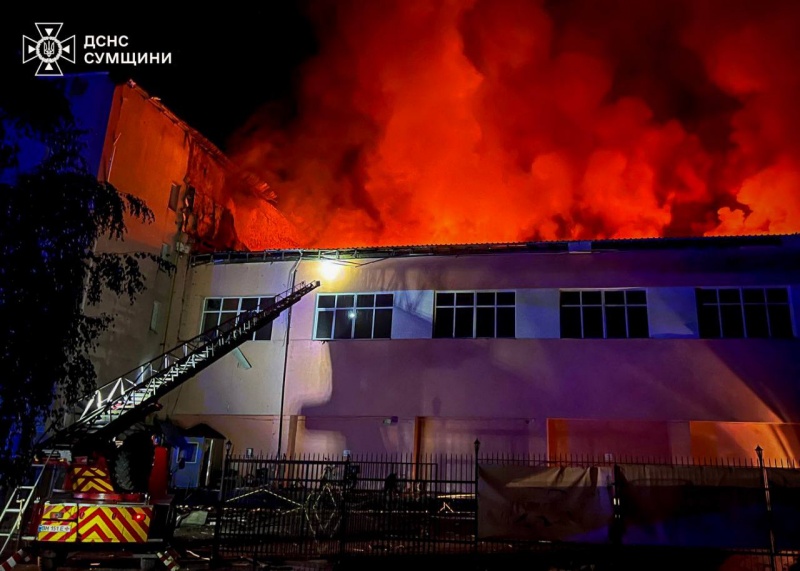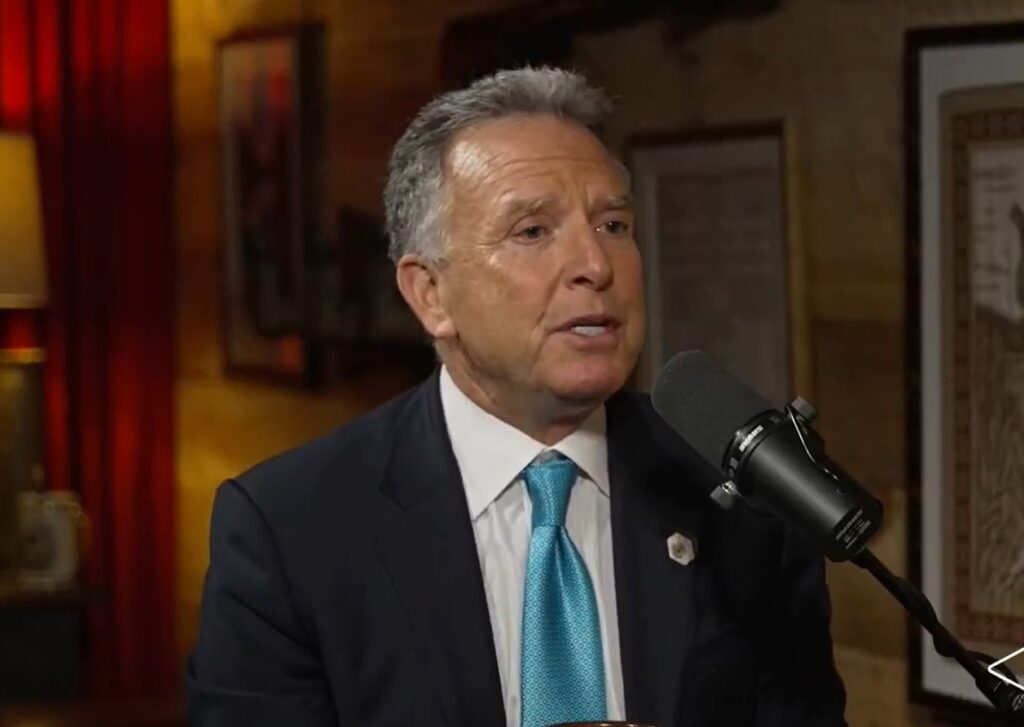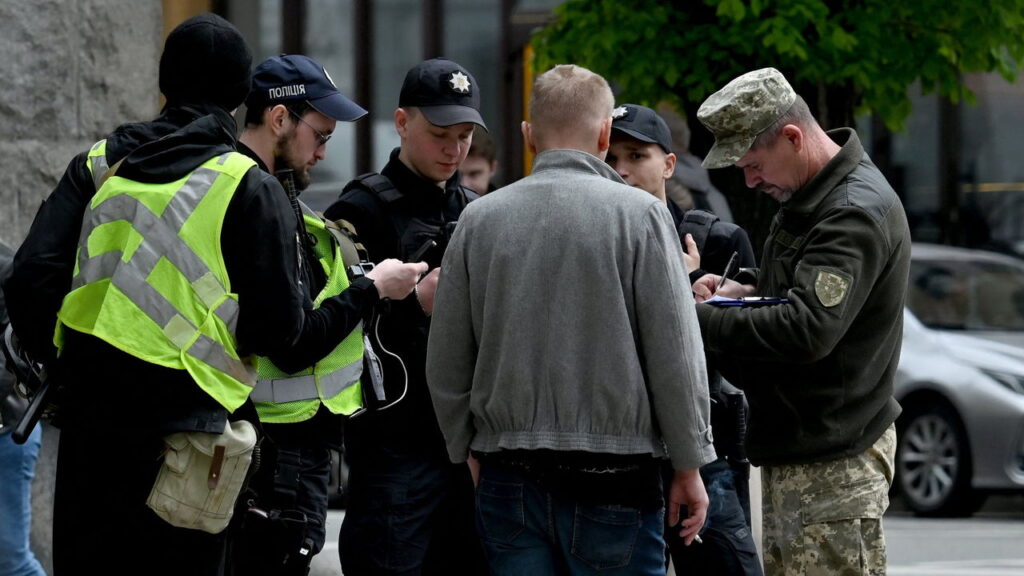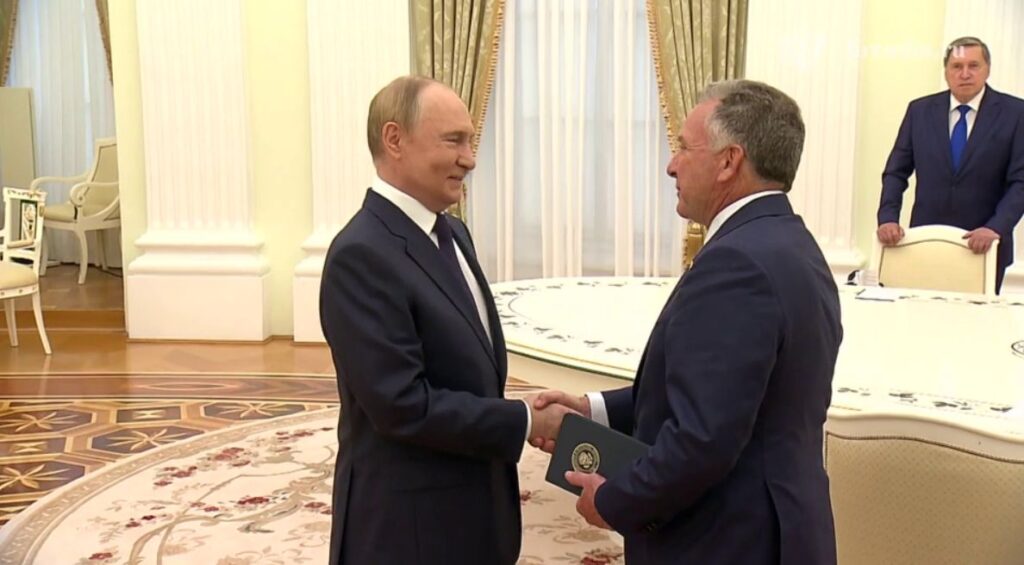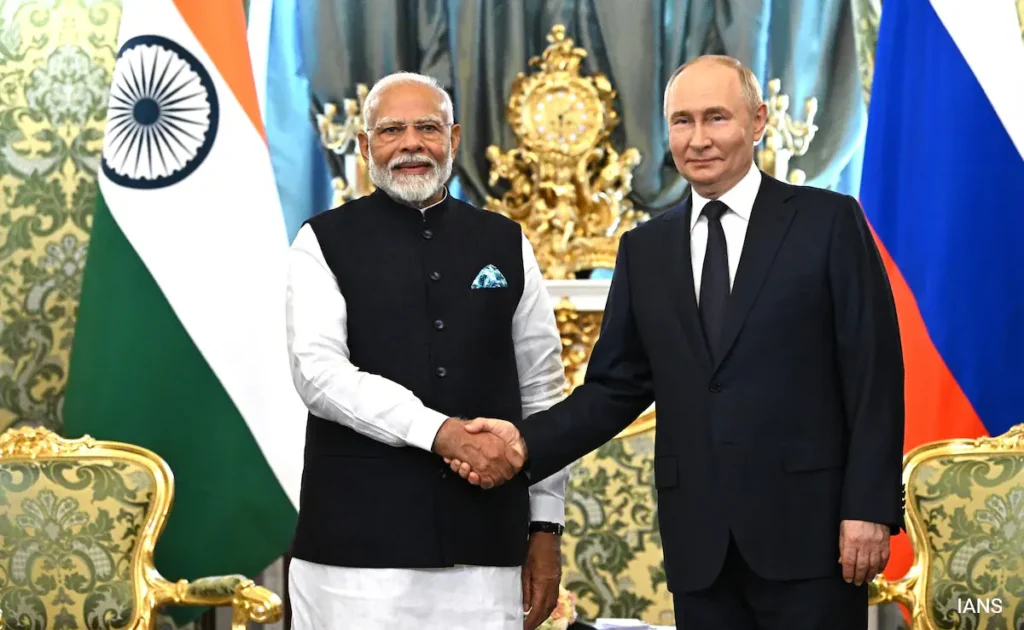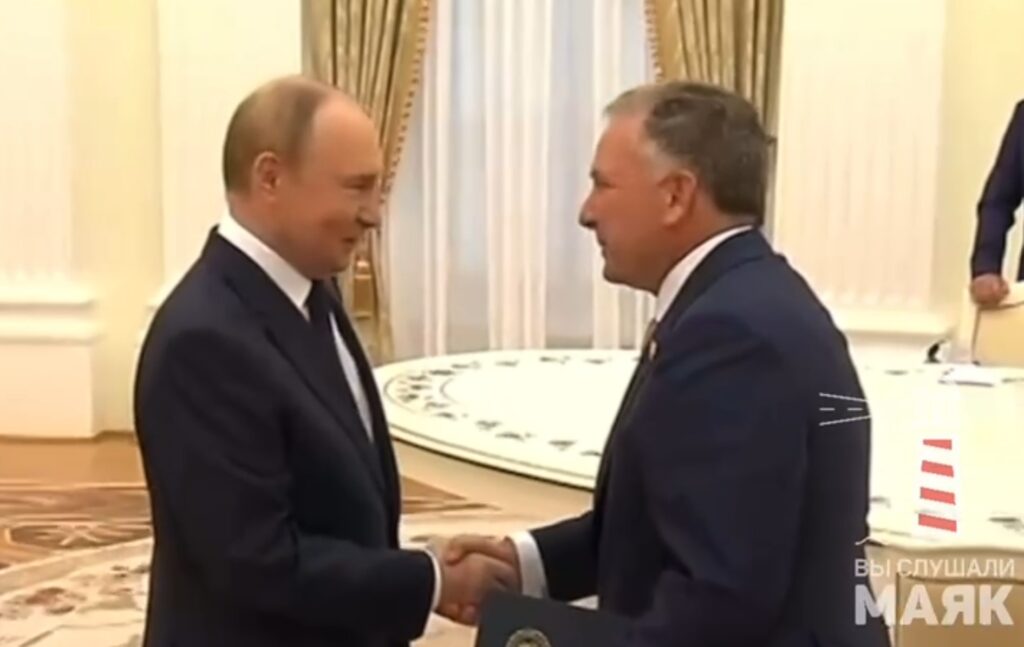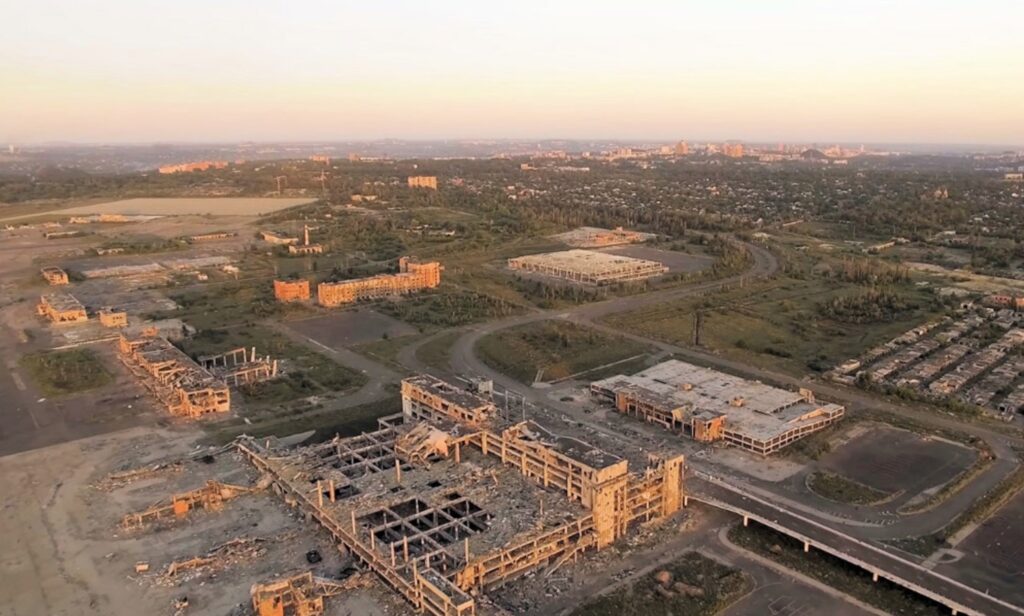
Russian sabotage and reconnaissance units have punched through Ukrainian defenses in eastern Ukraine, advancing up to six miles behind front lines within 48 hours, according to The Telegraph’s battlefield reports.
The breakthrough occurred near Dobropillya in Donetsk, targeting strategically vital territory that could threaten Ukraine’s control of Kramatorsk.
The location carries significant strategic weight. If Russian forces establish a foothold, the breach could enable Moscow to cut off Kramatorsk, one of Ukraine’s most important strongholds in the Donetsk Oblast still under Kyiv’s control.
Ukraine has publicly denied any major breakthrough. “A number of small Russian groups are constantly putting pressure on Ukrainian positions and attempting to bypass the first line of defense,” Victor Tregubov, spokesman for the Dnipro group of forces, said in a statement. “It is important to understand that this does not mean Russian forces have taken control of the territory. It means a small group, five to 10 people, has infiltrated the area.”
Kyiv has diverted special forces units to confront the infiltrators in an attempt to prevent additional territory from falling under Russian control before Friday’s scheduled peace talks between Russia and the United States in Alaska.
The seized territory sits east of Dobropillya, north of Pokrovsk, and within striking distance of Sloviansk, Kramatorsk, Druzhkivka and Kostyantynivka—the “fortress belt” that has anchored Ukraine’s Donetsk defenses since 2014, The Telegraph reported.
DeepState, an open-source mapping group, reports Russian units are pushing toward the Dobropillya-Kramatorsk highway, which carried military convoys and civilian traffic until mid-July. Russian troops are also probing for positions in Petrivka and Novovodiane on the far side of the road.
Ukraine’s military confirmed recently clashes around Kucheriv Yar, acknowledging Russian advances. Ukrainian President Volodymyr Zelenskyy said Russia was preparing new “offensive operations” without elaborating on locations.
The mining town of Dobropillia faces direct threat from the new corridor. Already hit by repeated drone strikes, civilians are fleeing the area.
“It’s a really difficult situation right now,” an officer from the 68th Brigade, who until recently lived in Dobropillia, told The Telegraph. “FVPs, gliding bombs and many other weapons are being used.”
Recent fighting has occurred along an unfinished defensive line. Where there should have been three anti-tank trenches, dragon’s teeth and concertina wire, the section breached by small assault groups had just one trench—and even that was incomplete, according to The Telegraph.
Sternenko, a military blogger, wrote on Telegram that Russian forces had seized parts of the highway linking Donetsk’s major population centers. “The situation is critical,” he said.
The Dobropillia-Kramatorsk route serves as a key artery connecting the fortress belt to Pokrovsk and other hubs, facilitating supply flows, reinforcements and evacuations. Control or disruption could strangle Ukraine’s logistics, hampering defense of the Kramatorsk-Sloviansk stronghold.
Reports indicate Russian FPV drones are already striking the road. If the highway is severed, Pokrovsk could face isolation, with a potential advance from Dobropillia completing its encirclement. Pokrovsk has endured sustained Russian pressure for nearly a year and is flanked on three sides.
For Moscow, success would boost momentum as Russia makes steady gains across the front line. The advance would secure a key logistics chokepoint and open a direct route into the Donbas heartland.
With Ukraine and Europe set to be excluded from Friday’s talks between Russia and the US, Zelenskyy said Tuesday: “We see that the Russian army is not preparing to end the war. On the contrary, they are making movements that indicate preparations for new offensive operations.”
Criticism of Ukraine’s leadership has intensified. Bohdan Krotevych, a lieutenant colonel in the national guard, accused decision-makers of ignoring warnings and claimed Zelensky was not receiving full briefings.
“The line of combat engagement as a fixed line does not actually exist,” Krotevych said. “Pokrovsk and Myrnohrad are almost surrounded. Kostiantynivka is in a semi-encirclement. The enemy is advancing toward Kramatorsk and Druzhkivka.”
Yuri Podoliak, a pro-Russian military blogger, said Russia had yet to commit substantial forces to secure an operational breakthrough, with the offensive carried out by sabotage groups—small, specialized units trained for covert operations behind enemy lines.
The Institute for the Study of War said the move was not yet a major breakthrough but warned the next few days could prove pivotal as Russian forces look to consolidate gains.
Ukraine has deployed the 33rd Brigade in the area of Russian infiltration. Fresh forces from the newly-established 1st Azov Corps—comprising five brigades—have been sent to stem the advance. Elements of the 92nd Brigade were also dispatched in recent days.
DeepState reported Ukrainian troops were rushing to establish new defensive lines around Zolotyi Kolodiaz, Shakhove and nearby settlements—positions currently bypassed by Russian troops but vulnerable to seizure.
Moscow has previously used peace talk periods for offensive operations. In 2014, Russian forces staged escalations before and during negotiations, creating facts on the ground to lock in gains before ceasefires.
“This is critical. In both 2014 and 2015, Russia launched major offensives ahead of negotiations to gain leverage,” said Tatarigami_UA, a former Ukrainian army officer whose Frontelligence Insight tracks the conflict.
Sergei Markov, a former Kremlin adviser, said the advance may have been designed to increase pressure on Kyiv to cede land to prevent the Russian army from eventually taking the rest of Donetsk by force.
Some analysts have downplayed the immediate severity. “We are still talking about a penetration rather than a breakthrough as the operational implications are still limited,” said John Helin, analyst and founder of the Black Bird Group. “Despite the depth, we’re still mostly moving in the realm of tactics here, for now.”
Officers speaking to The Telegraph fear the ongoing assault could precede a much larger breach. The road reportedly taken by Russian forces runs along high ground, similar to the route near Ocheretyne—a village beyond Avdiivka whose fall in spring 2024 was followed by major territorial losses.
Read also:
- 50-kilometer fortress: Why Ukraine’s Donetsk defense belt matters more than territory
- Zelenskyy: Ukrainian Armed Forces will not leave Donetsk and Luhansk oblasts on their own
- FT: European defense plant space tripled since 2021
You could close this page. Or you could join our community and help us produce more materials like this.
We keep our reporting open and accessible to everyone because we believe in the power of free information. This is why our small, cost-effective team depends on the support of readers like you to bring deliver timely news, quality analysis, and on-the-ground reports about Russia's war against Ukraine and Ukraine's struggle to build a democratic society.
Become a patron or see other ways to support.
